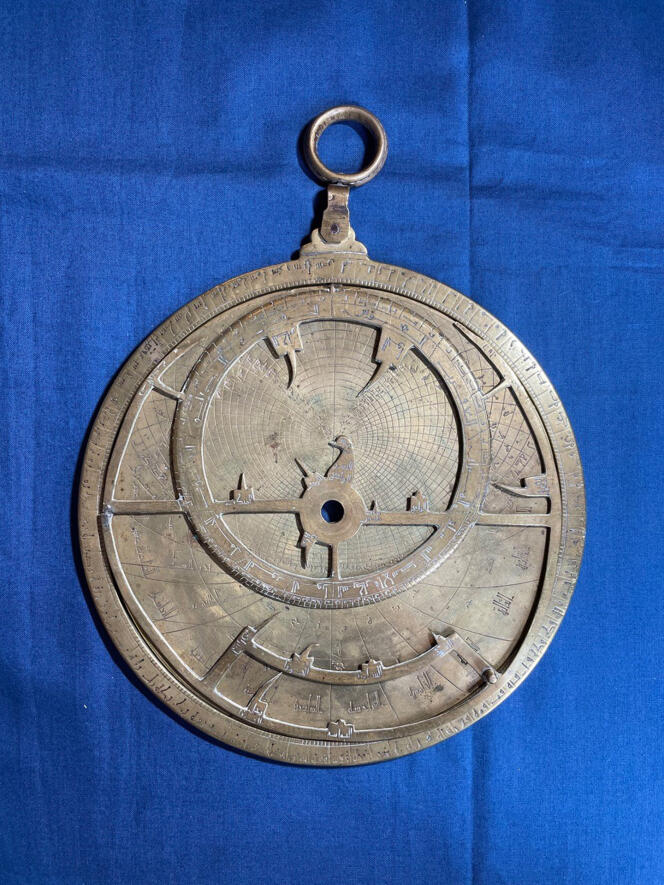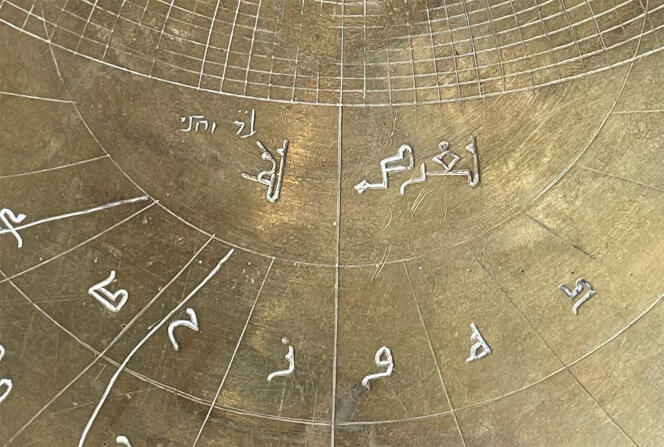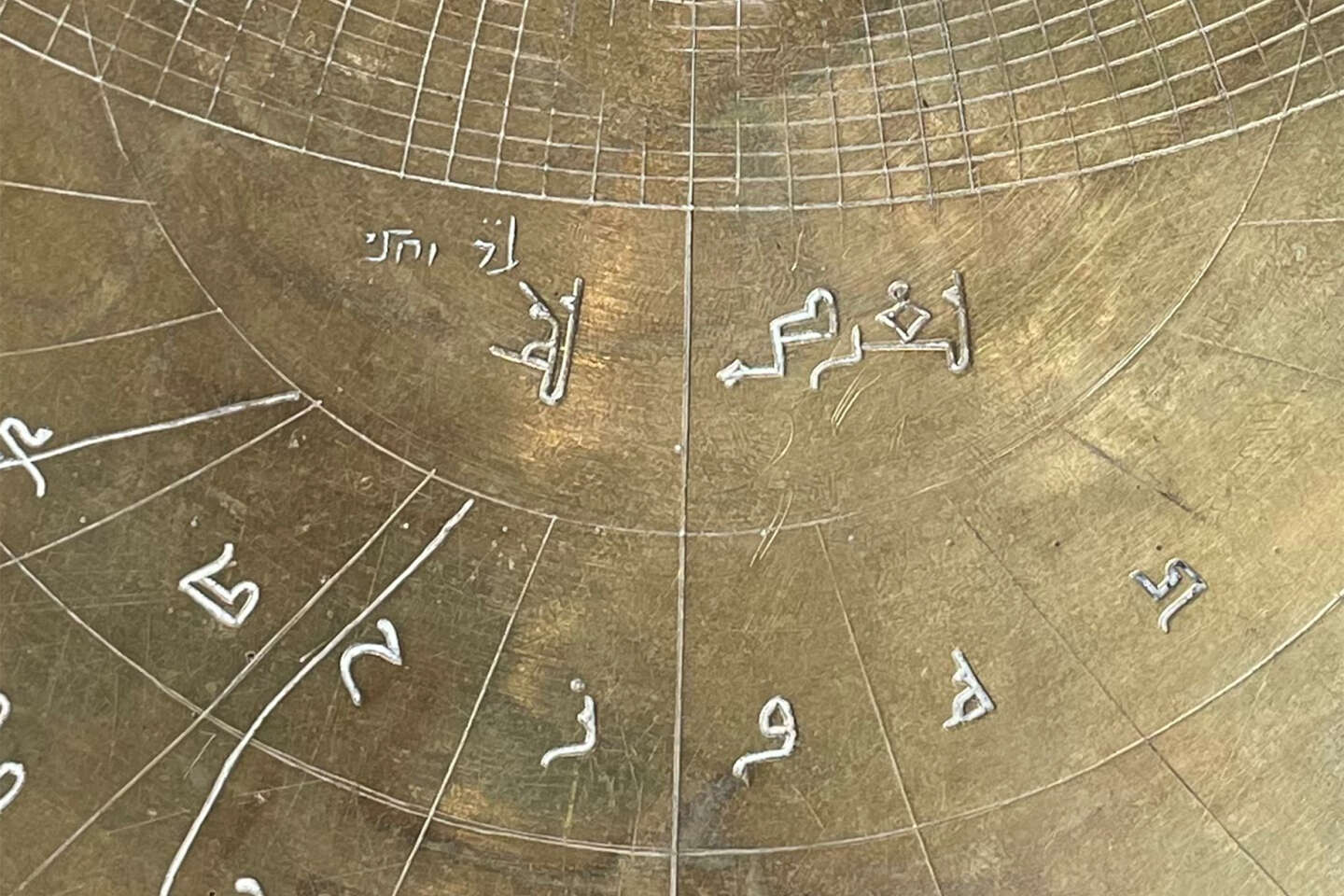
Historian specialized in cultural exchanges between the Islamic world and Italy in the early modern period, Federica Gigante (University of Cambridge, United Kingdom) came across a medieval astrolabe of Arabic make, preserved at the Miniscalchi-Erizzo Museum Foundation in Verona (Italy). A multifunctional instrument, the astrolabe, invented by the Greeks in ancient times, was used in particular to determine the height of the stars, to determine the time (particularly that of prayers), but also to carry out topographical surveys feed.
To her great surprise, Federica Gigante noticed that the Verona copy contained, in addition to the original Arabic inscriptions, exceptional additions in Hebrew. In a full study of the instrument, published on 1uh March in the magazine Nunciusit followed its journey, from its manufacture, to the XIe century in Spain – then largely under Islamic rule – to Italy, via North Africa.

The beginning of the story probably takes place in one of the two cities in Spain whose latitude is indicated on the astrolabe: Cordoba and Toledo. The latter is preferred by Federica Gigante, who remembers that Muslims, Jews and Christians lived together and exchanged in Toledo at the time. The instrument was made for a Muslim user as it contained instructions for performing daily prayers, but it later changed hands, as stated in a dedication « for Ishaq (…) the work of Yunus », that is, Isaac and Jonah. If these Jewish first names were written in Arabic, it is undoubtedly because this language was the most spoken language in the country, including in the Sephardic Jewish community, the historian suggests.
Add Western numerals
The wanderings of the astrolabe continue in North Africa, because a plaque added to the instrument bears an inscription corresponding to quite low latitudes: the instrument could thus have been used in Morocco or Egypt. Finally, at least two people added inscriptions in Hebrew, for example translations of astrological signs. “These additions and translations into Hebrew suggest that the object came into existence at some point (…) circulated among the Diaspora Jewish community in Italy, where Arabic was not understood and Hebrew was used instead., says Federica Gigante in a press release. For the latter, the astrolabe would have arrived on the 12the century in Verona, home to one of the oldest and largest Jewish communities in Italy. The instrument subsequently underwent further corrections, with the addition of Western numerals – indicating the intervention of a person speaking Latin or Italian.
